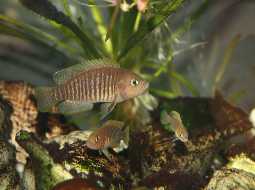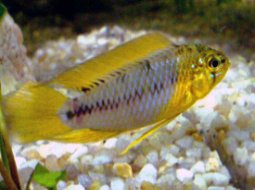
Loading Aqualapp ...
Care and Compatibility of Otocinclus Catfish - Otocinclus Affinis
Introduction
The Otocinclus Catfish, scientifically known as Otocinclus affinis, is a small freshwater fish native to South America. They have an elongated and laterally flattened body, with a base coloration of shades of gray and brown. Their distinctive features are their large eyes and a suction cup-like mouth that they use to cling to surfaces and feed on algae and microorganisms.
Behavior
The Otocinclus Catfish is a peaceful and sociable fish that adapts well to community aquariums. They are known for their calm behavior and their fondness for eating algae. They are schooling fish, and it is recommended to keep them in groups of at least six individuals to ensure they feel secure and exhibit their natural behavior. They enjoy exploring the substrate in search of algae and leftover food. They are an excellent addition to planted aquariums and help maintain a balance in algae growth.
Sexual Dimorphism
Sexual dimorphism in Otocinclus affinis is minimal and difficult to distinguish. Both males and females have a similar appearance.
Reproduction
Breeding the Otocinclus Catfish is a challenging process in the aquarium environment and is not common in most cases. They are egg-layers, and the female will deposit her eggs on plants or other substrates. The parents do not care for the fry, so it is recommended to remove the eggs after spawning and place them in a separate breeding tank. The fry will hatch after a few days and can be fed with powdered fry food and microscopic organisms.
Aquarium Conditions
Otocinclus affinis, commonly known as otocinclus catfish, requires a well-established aquarium with abundant vegetation and hiding places. It prefers neutral to slightly acidic water. Aquarium décor should include hardy plants and soft substrates. Maintaining water quality is crucial and providing a proper diet.
Feeding
The Otocinclus Catfish is primarily herbivorous and feeds on algae and microorganisms found in the aquarium. They are excellent algae eaters and help maintain a healthy environment. However, in case of algae scarcity, supplementary foods such as vegetable tablets or frozen foods like spirulina can be offered. It is important to provide them with a balanced and varied diet to ensure their health and well-being.
Complexity
Caring for Otocinclus affinis can be moderately challenging. They are peaceful and shy fish that need a stable and well-maintained aquarium. They are sensitive to sudden changes in water quality. They mainly feed on algae and require a balanced diet to maintain their health.
In case you need more help, or if you want to know into any topic related to the Otocinclus Affinis (Otocinclus Catfish) and even any other species you can use the forums to ask what you need.
To do an analysis more detailed about coexistence and behavior of Otocinclus Affinis (Otocinclus Catfish) use the Aquarium simulation tool, if you do this you can test different ways to combine the Otocinclus Catfish with other fishes giving the dimensions and space on you aquarium, on this way you can known the optimal configuration for keep the fishes that you want.
You can also find out the 122 species compatible with the Otocinclus Affinis (Otocinclus Catfish) can live together.
Note: The parameters of the water such as PH and temperature are also used to calculate the compatibility of the species.
Compatible species (122)
Compatible (82 Species)
Compatible without any restriction
se recomienda tener varios ejemplares de su misma especie viviendo juntos.
Similar Sizes (1 Species)
They can coexist if they are the same size or very similar sizes, it does not work in all cases, there may be exceptions.
With Reservation (4 Species)
Compatible in some cases, it depends on the nature and personality of the fish.
It is probable that the Betta attack the otocinclus, especially in the tail fin however it depends more on the personality of the betta fish.
Showdown over territory (4 Species)
Fish can live together as long as the space is spacious enough to delimit a territory, otherwise there may be aggressions for competing for the territory.
Como a estos peces les gusta estar refugiados en diferentes ubicaciones del acuario ya sean en plantas, troncos, rocas etc, si otro pez intenta entrar donde está escondido podrían haber confrontaciones por ese refugio.
Considerable size difference (26 Species)
They can coexist while they are similar in size or the size difference is not very abysmal, since as the fish grows it increases the chances of eating its partner that did not grow much.
Compatible if space is enough (5 Species)
They can coexist together if the aquarium they share is large and spacious enough for both species to feel good, as some fish may attack others to feel that they have little space and try to eliminate the competition.
Otocinclus Catfish
Otocinclus Affinis
- Ph: 5.5 - 7.6
- Temperature (c°): 22 - 26
- Measures: 4 cm - 5cm
- Aquarium Capacity:
8 Liters - 2 Gallons - Alimentación: Filters, Herbivores
- Colores: Gris, White
- Comportamiento: Active, Likes to take refuge, Night, Peaceful
- Habitad: American
- Preferencias del Acuario: Caves, Logs, Natural plants, Rocks, Sand
- Tamaño: Very small
- Taxonomía: Fish
- Tipo de Agua: Sweet water, Tropical waters
- Velocidad de nado o movimiento: Normal
- Zona de Nado: Aquarium background




.jpg)
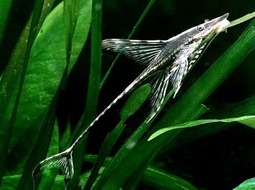
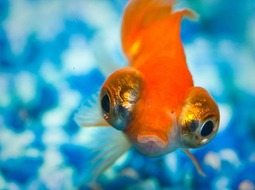



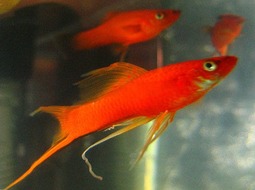
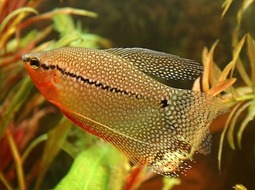





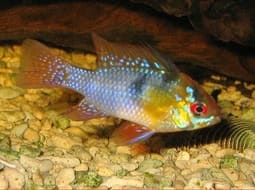
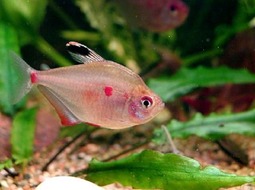



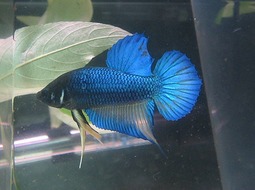
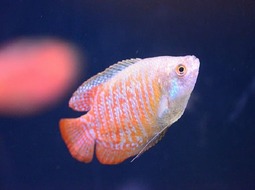

.jpg)

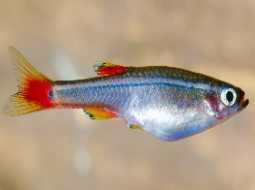


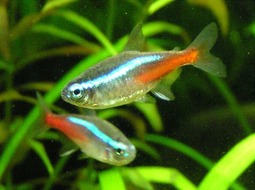
.jpg)
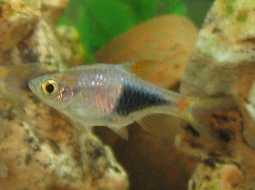
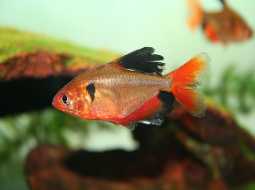

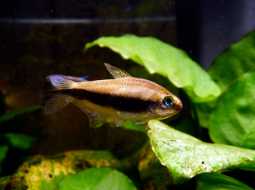
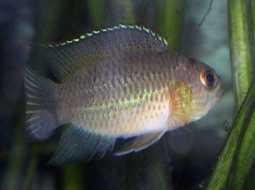
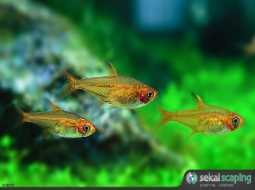
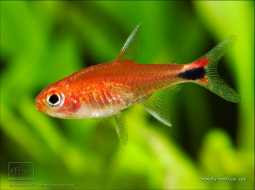
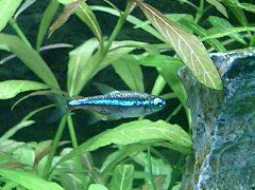
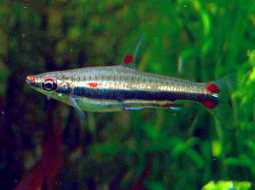
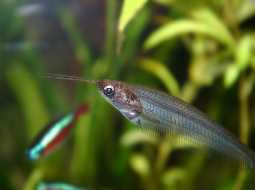


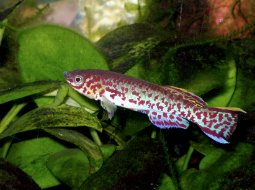
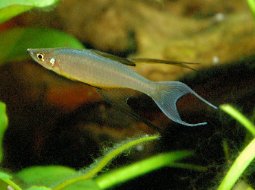
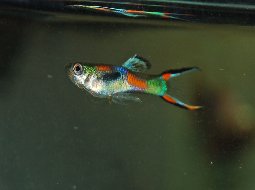
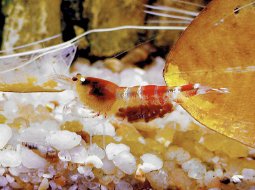
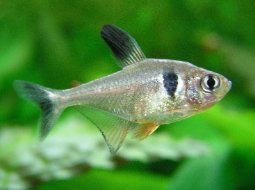

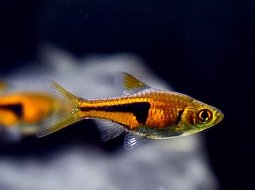






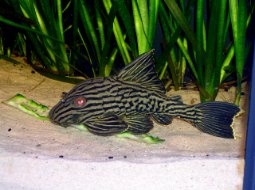

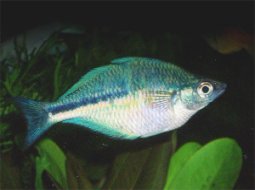





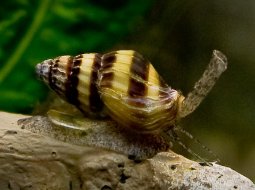



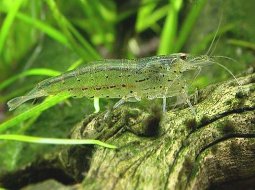
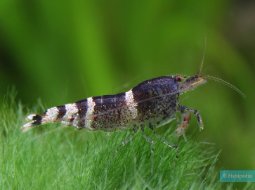
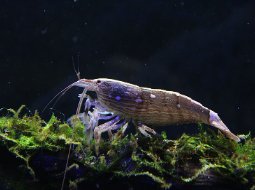




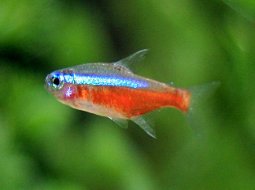
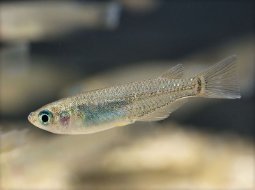

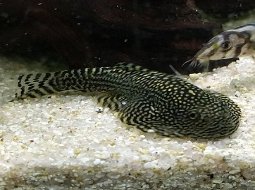


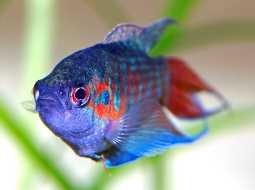

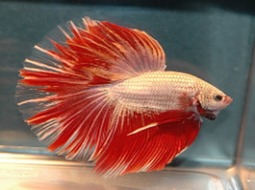
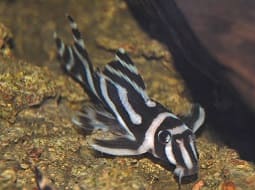
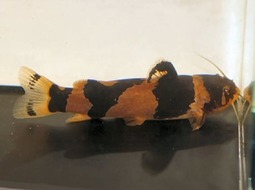





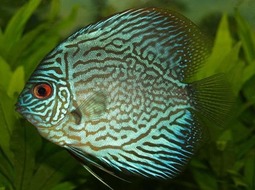

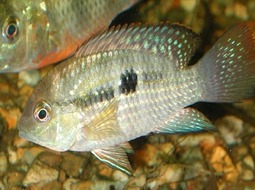
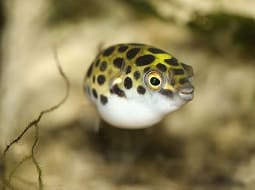


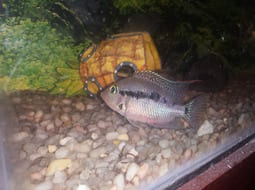
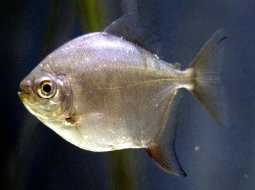
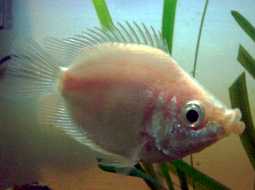
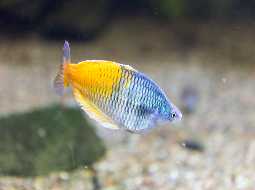


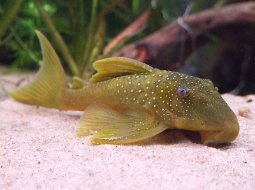

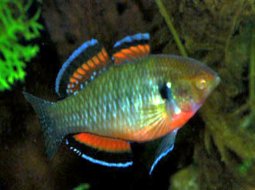
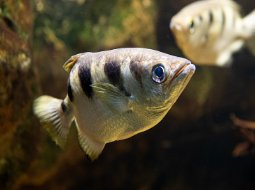
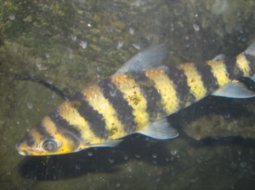

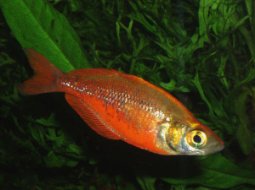

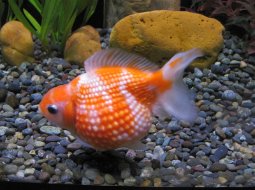


.jpg)
